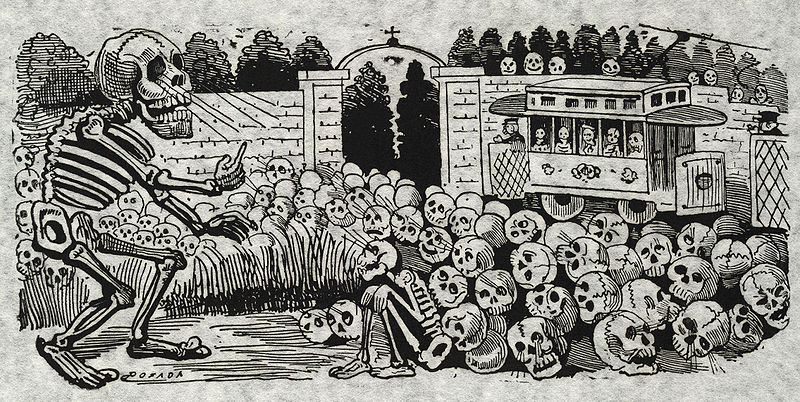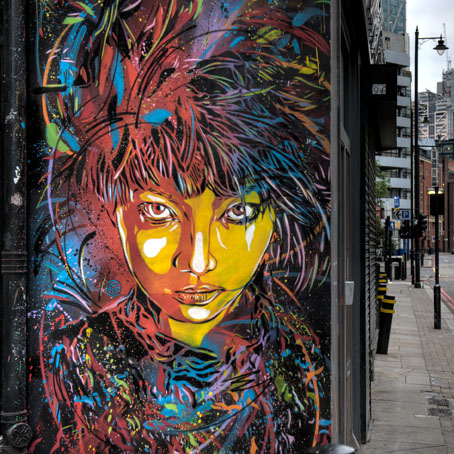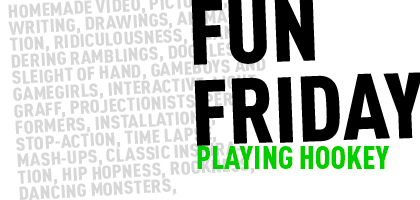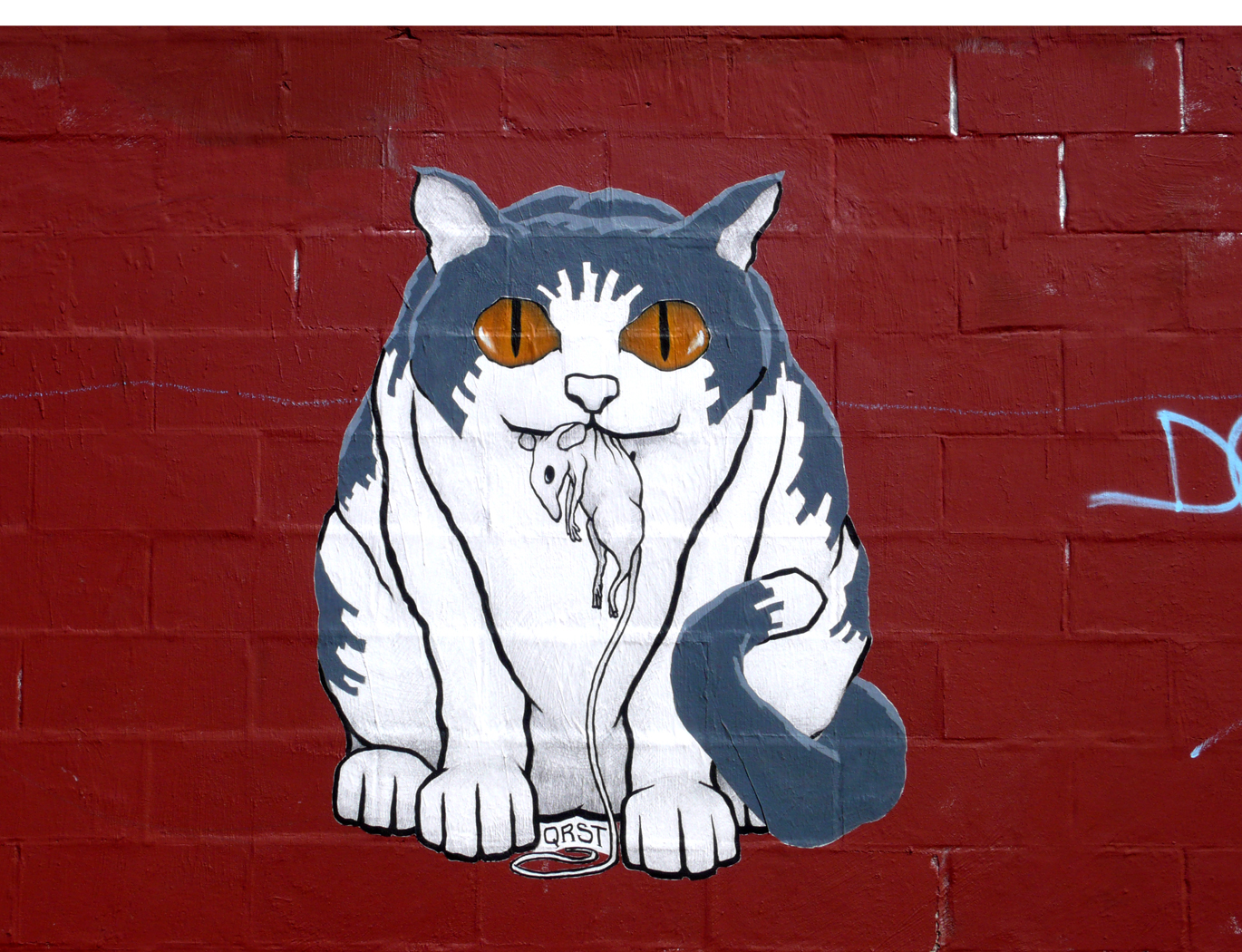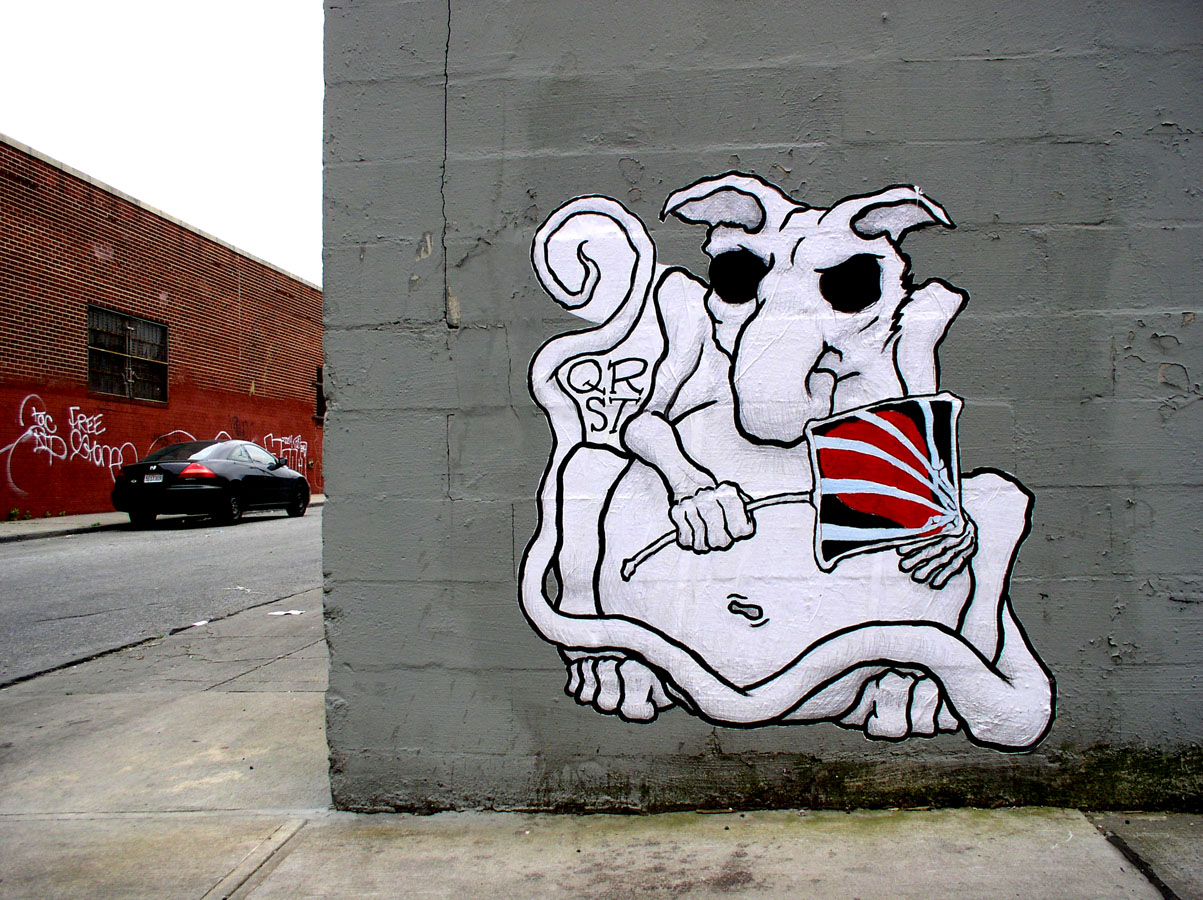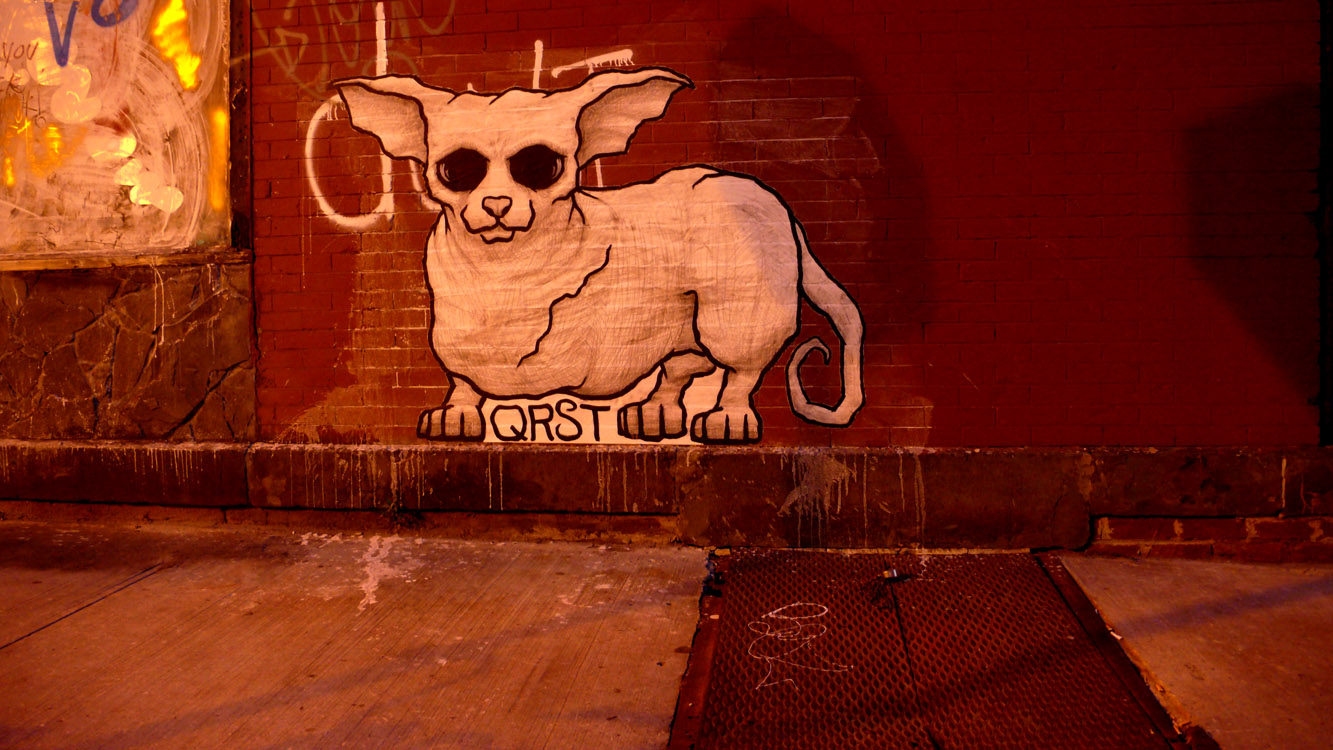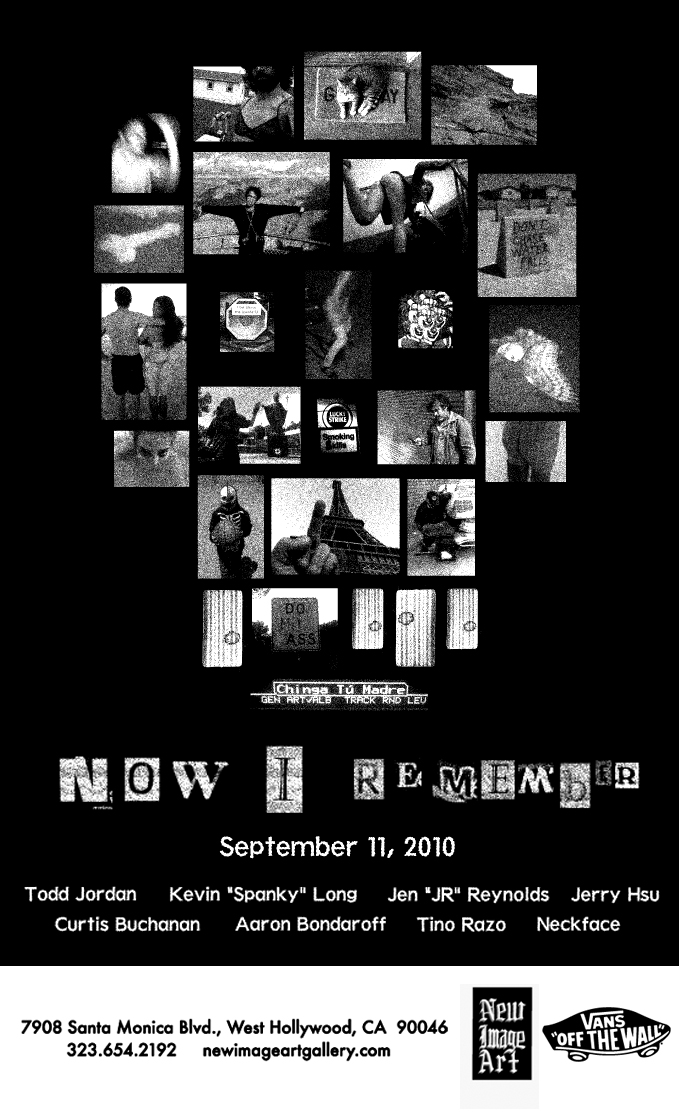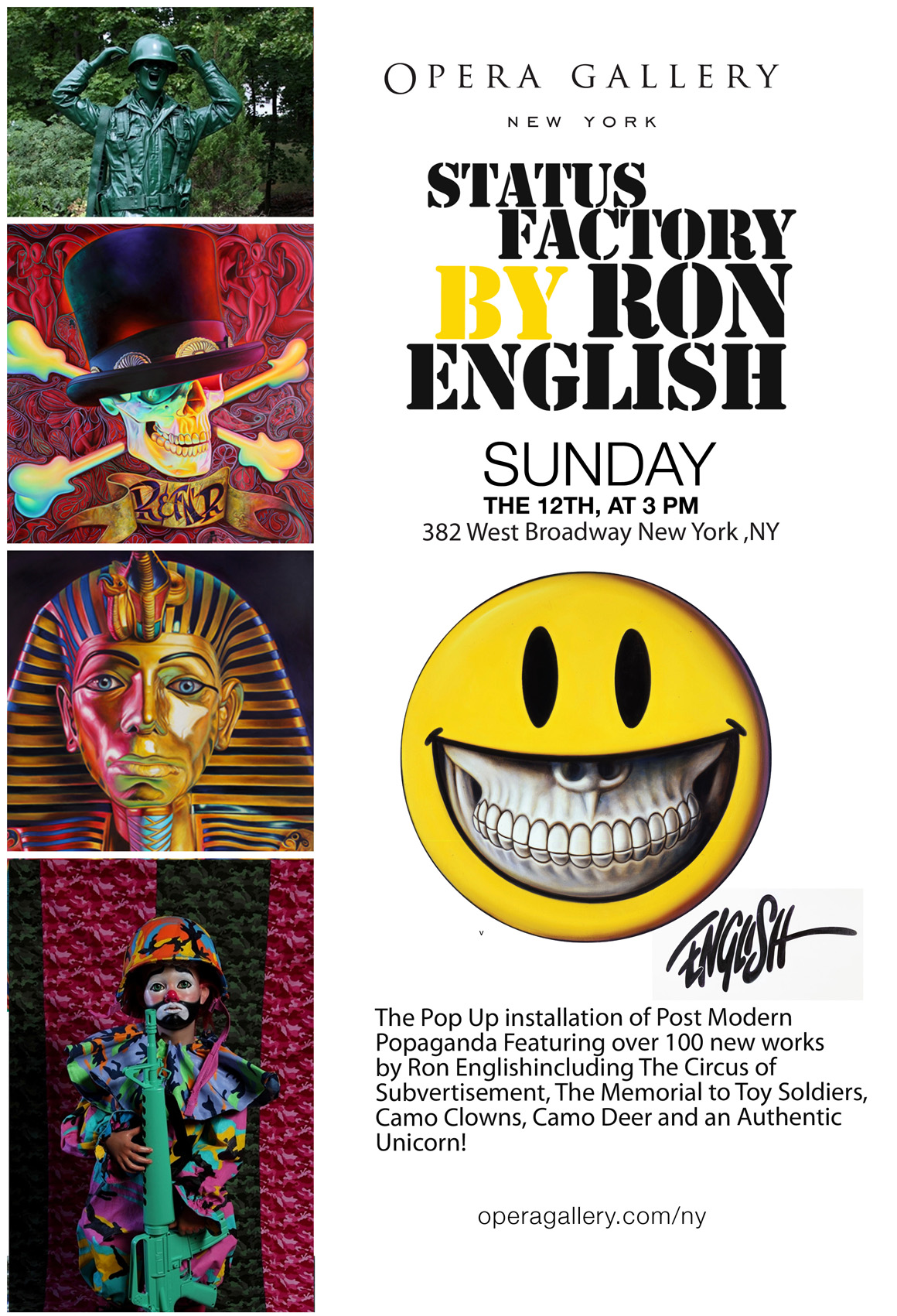Ice-T is still stylin’ like an American Che Guevara, but he’s officially joined the force 19 years after “Cop Killer”.
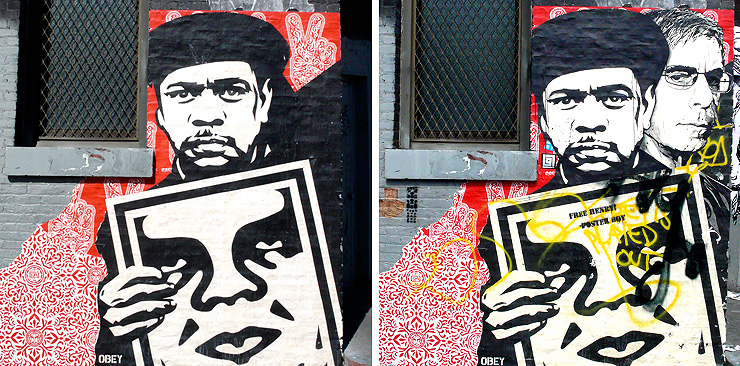
photos © Jaime Rojo
As part of a string of strikingly personalized spot-jocking intended to send shivers through the New York Street Art scene, artist Specter is brazenly re-crafting other artists pieces, including high profile names like Swoon, Faile, Skewville, and Shepard Fairey.
This discovery side-busted our heads when we saw the radically altered Shepard Fairey piece – a myriad of nested ironies that takes “homage” to a new level. Or is that a “diss”?
The Fairy piece he’s messing with is a 2010 version of his Nubian Signs that appeared on walls during the run-up to his May Day gallery show this spring at the now closed Deitch Projects in Soho. Since that time, the wheat-pasted piece has weathered and faded. As part of Specters reworking of the piece, the portrait of Ice-T, itself criticized for incorporating the iconic image of Che, is now backed up by his fictional TV partner Detective John Munch from Law and Order: SVU. Ice-T has a new posse. Aside from that quizzical pairing that has left Street Art watchers dumbfounded, it’s even more confusing that Fairey’s original was restored before Specter smacked his own piece on top.

photo © Jaime Rojo
“It was totally defaced, you could not make out what was going on anymore,” said Specter this week when reached for comment.
Dissing doesn’t usually include restoration.
Explaining the choice of adding Ice-T’s fictional police partner to the existing Fairey piece, Specter talks about the duality of a celebrity’s image that can produce a cognitive asymmetry.
“Ice-T plays a detective on a very popular crime show that everyone likes so much. (My piece) is kind of poking at these popular figures – who maybe were seen as a visionary. This was a rebellious figure, who is now on prime time television playing a police detective, who he previously was talking about shooting.” According to the show’s website, the rapper-turned-actor “formed the thrash metal band Body Count”, whose “1991 self-titled debut contained the controversial single ‘Cop Killer.’”
In an additional homage to Fairey, Specter appears to have used a copyrighted promotional photo off the internet to interpret Detective Munch – calling to mind the current lawsuit Fairey is defending himself against that accuses him of incorporating copyrighted material to create his famed Obama poster of two years ago.
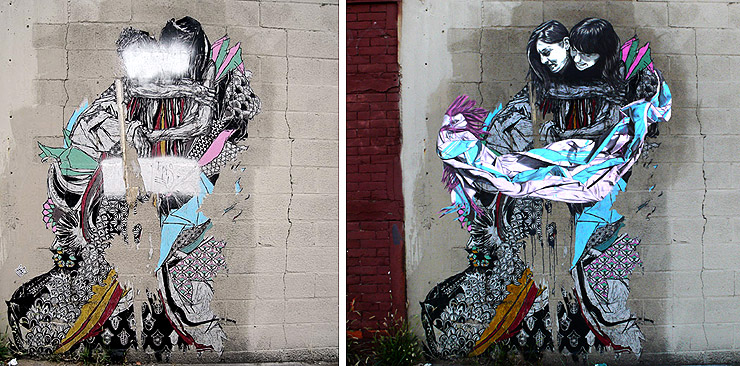
In this piece by Brooklyn Street Artist Swoon that has been up for perhaps two years and has sufferred wear, tear, and sprayed out faces, Specter meticulously repairs the visages and adds a bit of fabric. (photo left © Specter, right © Jaime Rojo)
In each of the cases where Specter is hitting the street art of somebody else, the style and technique closely mimics that of the original artist, creating a counterfeit that so closely resembles their own body of work that it could be confused theirs. This alone opens up a discussion about high-jacking a message, misleading a passerby, or even damaging a reputation.
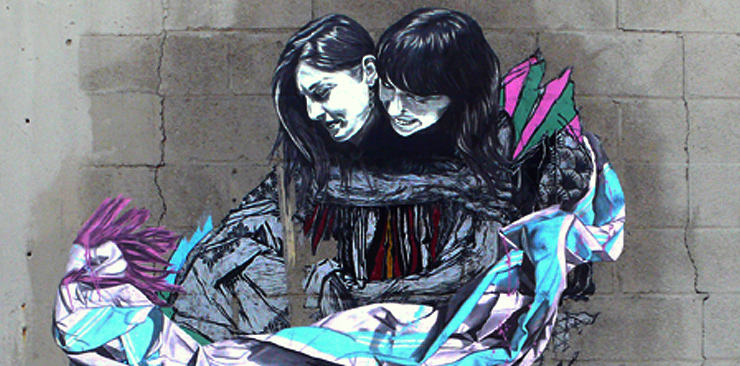
A new piece by Swoon! Wait, maybe not. (photo © Jaime Rojo)
This new crop of “side-busts” may get him in hot water, but Specter is giddily unapologetic to the other street artists whose work he’s jocking. In an extensive interview he talked about the nature of impermanence implicit in the Street Art scene, his own weariness with attempts at codification of rules that some have endeavored to create for the street, and the fact that many of these pieces already have run for a long time – so they’re fair game according to his rules. For Specter, it is evident that this project is a social experiment as much as an expression of creativity and an attempt to shake open a can of conversation.
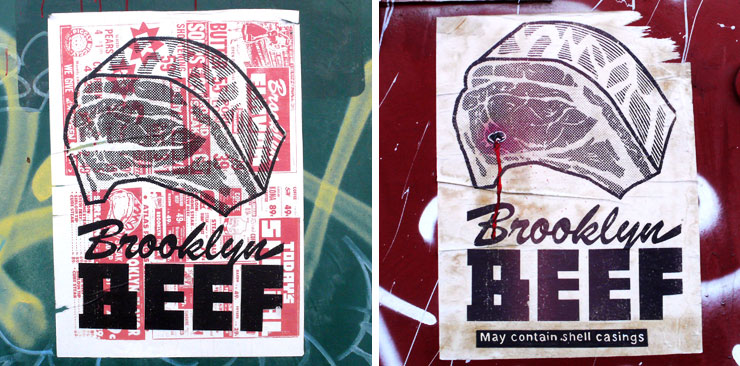
For a series of posters by Brooklyn Street Artists Skewville, who have done their own block-letter wisecracking spot-jocking in the past with street pieces by Fairey, Elbow Toe, and Gaia, Specter shoots close to the bone. (photos of Skewville and Specter above © Jaime Rojo)
Poking the Monkey
Is Specter sort of poking the monkey to see what will happen? Surely he knows that someone is going to see it as a sign of disrespect.
The cheerful Specter replies, “Yes, of course. I also thought it was also kind of good to push the button. It might piss them off, or they might love it or they might hate it. The point is I can do it regardless because of the nature of the work.”
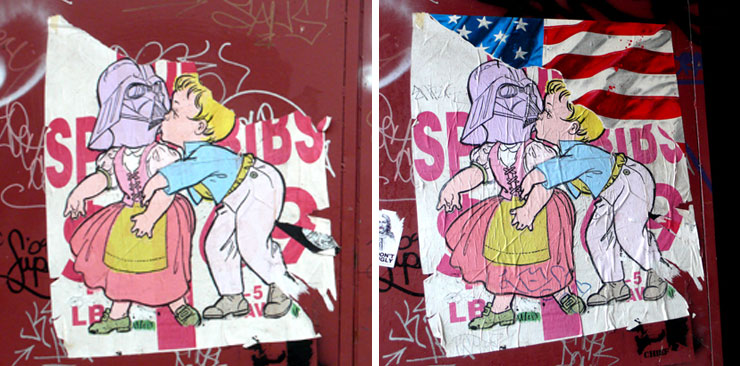
Specter adds a waving American flag to the partially destroyed collage image by BAST. (photos © Jaime Rojo)
In the Street Art world, as in the graffiti world before it, the unwritten “rule book” (existing mainly in the heads of the participants) pretty clearly marks ones territory. Putting up your piece too close to someone else’s, let alone over part or all of it, can occasion vendettas, retaliation, or at least some trash talk. Never mind that this claim to real estate sometimes refers to a building actually owned by somebody else entirely – a bothersome contradiction that falls to the wayside when street rules are in effect.
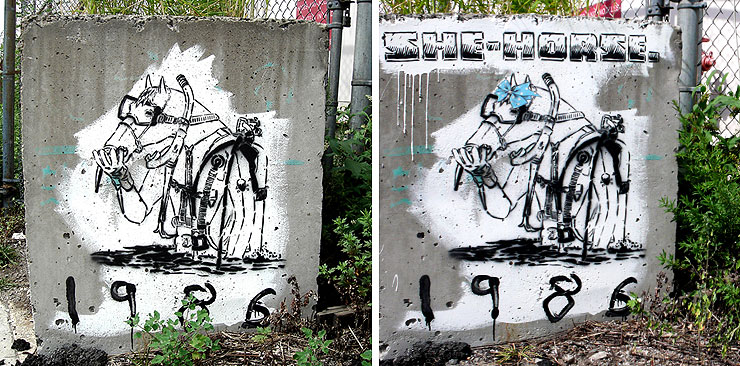
That’s no mare! Specter re-genders the scuba diving horse of Street Art duo Faile (photo left © Specter, right © Jaime Rojo)
“I was talking to another Street Artist who was saying that people were angry with him for spot-jocking and I said that’s what these pieces are about: the ridiculousness of these kinds of ideas. It all harkens back to these ‘rules’ of this anarchistic form of art. Street Art can be this unauthorized kind of art form and people are like, ‘Oh you shouldn’t come within 12 feet of me’. This project talks about that too and it’s supposed to bring up this dialogue. I really think that these issues need to be discussed because people take it very seriously”
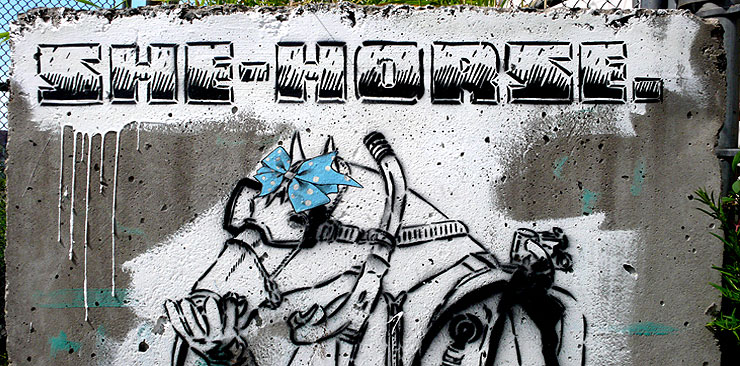
Perhaps a reference to their recent stencils dealing with LGBT issues, Specter uses pulp-fiction styled lettering and a pretty bow to give this Faile piece a sex change. (photo © Jaime Rojo)
 ESCAPE 2010 – Escape the Golden Cage
ESCAPE 2010 – Escape the Golden Cage BROOKLYN STREET ART LOVES YOU MORE EVERY DAY
BROOKLYN STREET ART LOVES YOU MORE EVERY DAY